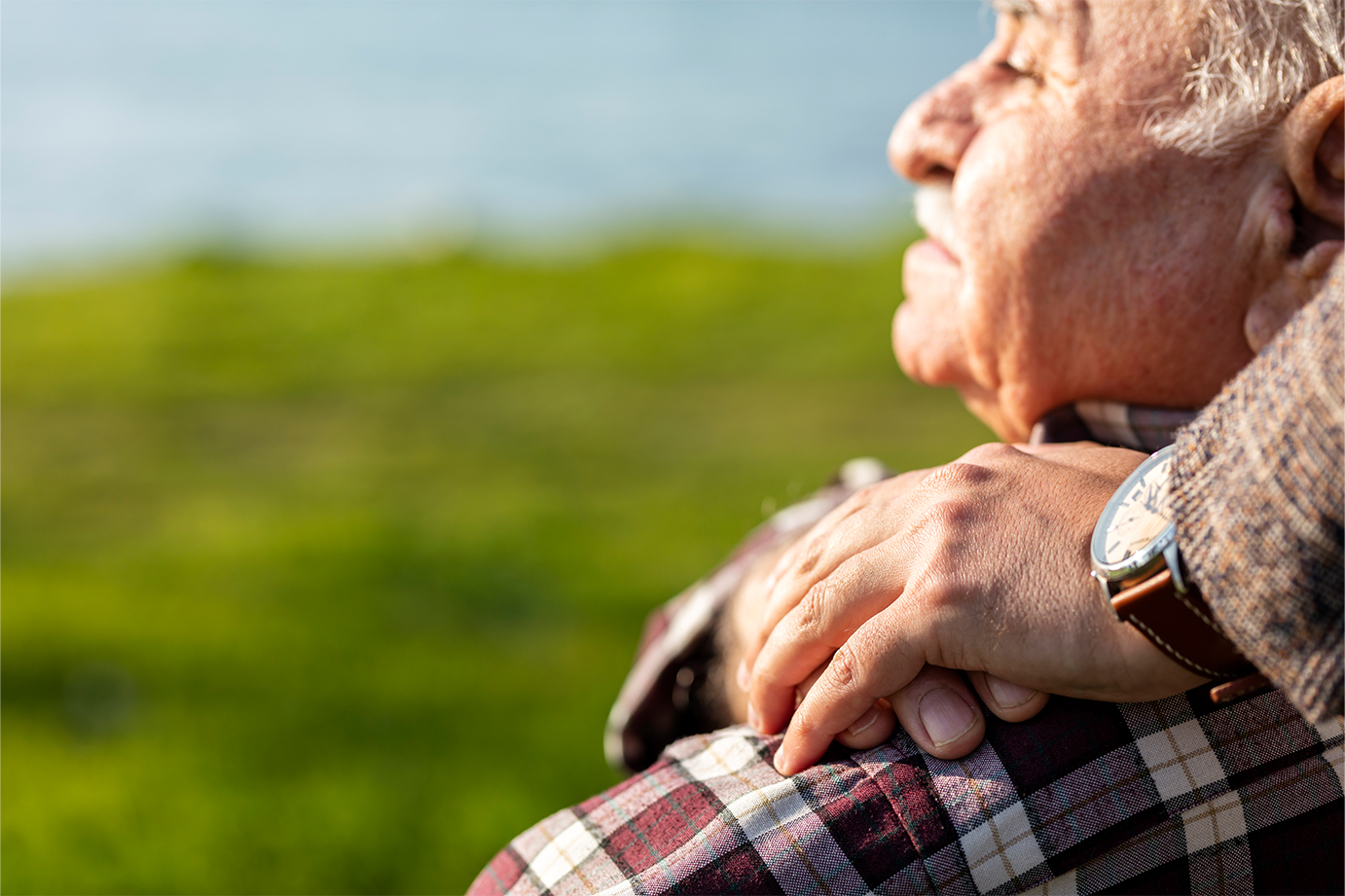
Written by Lauren Miller-Lewis – CQUniversity, Deb Rawlings – Flinders University, and Professor Jennifer Tieman – Flinders University.
Voluntary Assisted Dying (VAD) can be seen as a divisive topic, with media commentary cycling in Australia as proposed legislations are brought to State Parliaments. In 2018 we were running an online course to encourage community discussion about death, around the time when VAD was being legalised in Victoria. Within the course, we included an activity asking for people’s thoughts related to pre- and post-death social rituals and how these might be influenced by planning VAD versus a natural death. Over 500 people participated in this activity, most from Australia and many who were health professionals. In their activity responses, most people described their personal views related to VAD, so we analysed their commentary to determine common themes in personal opinions about VAD. We have recently published this research in OMEGA Journal of Death and Dying. https://doi.org/10.1177/00302228211008771
We found that themes of choice, control, and dignity dominated the commentary. Respondents had many different views on the act of VAD itself, often divisive, but with common narratives related to respecting the choices and decisions of others, including the dying person, their family, and the health professionals involved. A third of respondents made comments on the need to respect the choices and contextual situation of the dying individual and family when it came to decisions around VAD.
“I believe individual choice, wherever possible, should be respected . . . just as we respect what quality of life means to an individual. We often do not know the circumstances surrounding an individuals choice, whatever that may be . . . who are we to question it.”
“To be honest it seems so unnatural to me to choose the time to die. And it scares me that it is possible to choose it. At the same time I have a strong sense of respect for those to choose it and the families who accompany them in this decision.”
“I may feel differently when I am at death’s door but at present I wish to have control over my departure.”
People’s opinions about VAD also centred around themes related to palliative care and dying at home, medical intervention, societal factors, the impact on those left behind, laws and regulations, dying ‘naturally’, advance care directives, and being in pain.
The impact of VAD was seen as a potential benefit for some loved ones (family and friends can travel to say goodbye, family won’t have the burden of caring) and as a negative by others (family and friends sadly waiting around for your ‘death date’). Many pointed out the need for society to get better at having open conversations with loved-ones about death.
“Society as a whole has a hard time talking about death and dying – imagine trying to talk about choice of dying.”
Being in pain at the end of life was certainly a consideration for some people, with VAD seen as a way of avoiding suffering, particularly by people who weren’t health professionals.
Others proposed good palliative care as a way of addressing pain and suffering, yet some pointed out that palliative care was not always accessible or adequate to meet all needs.
Some participants viewed good quality palliative care as counteracting the need for VAD.
“Good palliative care negates the need for euthanasia.”
“Rather than focusing on assisted dying options so much, we should focus on improving the systems, environments, resources and supports in the death and dying sector”
“We also have choices in how we live our final days without nominating an end date. This can include accessing palliative care, choosing a setting for end of life – home, hospice, aged care, with family etc and the type of care we would like to support us. More choices will come with better funding for end of life care.”
To some extent everyone is finding their way in the VAD space. The people we asked had many different views on the act itself, often opposing and in contention. For some people VAD should be an accepted practice. For others, it challenges preconceptions around death, dying and ‘the natural order of things’. Nonetheless there was common consideration for having choices and respecting those choices by all people involved – whatever they are.
Reference:
Rawlings D, Winsall M, Miller-Lewis L, & Tieman J. (2021). Natural Death Versus Known Date-Of-Death: A Qualitative Study of Views on Voluntary Assisted Dying in an Online Course About Death. OMEGA – Journal of Death and Dying. https://doi.org/10.1177/00302228211008771

